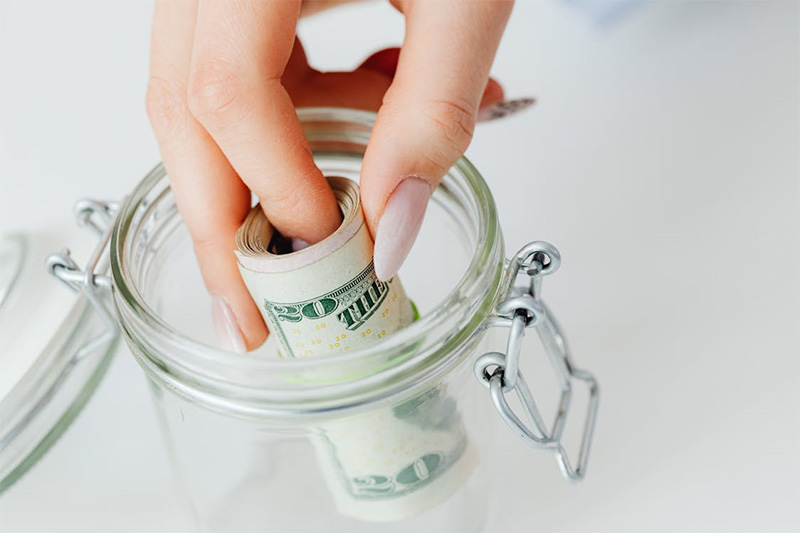How to Build a $1,000 Emergency Fund in 3 Months
Financial resilience starts with a safety net. An emergency fund provides essential liquidity when unexpected expenses hit. This isn’t about wealth building yet; it’s about creating a crucial cash buffer. Building that initial $1,000 cushion over three months is achievable. It requires focus, a practical plan breaking down the goal, smart budgeting, exploring new income streams, and trimming non-essential expenditures. Hitting this savings target brings significant peace of mind, preparing you for financial curveballs.
Setting Financial Goals
Clear objectives pave the path to successfully accumulating your emergency fund. First, define the target: $1,000. Then, dissect this larger goal into smaller, more digestible pieces. Think weekly or bi-weekly targets – maybe saving around $85 each week. Seeing progress against these micro-goals provides powerful motivation. It’s vital to differentiate between essential needs and discretionary wants. This critical analysis allows prioritizing savings contributions. Regularly reviewing your progress against these defined milestones keeps you accountable and ensures your commitment to reaching that $1,000 stability marker remains strong.
Creating a Budget
A well-defined budget is the cornerstone of hitting your savings target. List all income sources and every single monthly expense. Categorize them: fixed costs like rent or loan payments, and variable expenses like groceries, fuel, or entertainment. Pinpoint areas ripe for reduction – perhaps fewer meals out, scrutinizing subscription services you barely use, finding cheaper entertainment options. Redirect every dollar saved straight into the emergency fund allocation. Make that savings deposit non-negotiable, treating it like any other essential bill. Consistent review refines the budget, keeping it aligned with your $1,000 goal.
Increasing Income and Cutting Expenses
Accelerating your emergency fund growth often requires a two-pronged attack: boosting income while simultaneously slashing expenses. Explore avenues for supplemental earnings. Consider gig work fitting your schedule, freelancing using existing skills, or even selling household items you no longer need. Identify discretionary spending categories where cuts are feasible. Less takeout, fewer impulse buys, canceling streaming services or gym memberships that go unused. Small adjustments, like making coffee at home or packing lunches, compound significantly. This combination – more cash flowing in, less flowing out – dramatically speeds up progress toward that three-month, $1,000 objective.
Tips for Saving and Staying Motivated
Maintaining momentum over three months requires conscious effort. Visual aids can be surprisingly effective; try a savings thermometer chart or track progress digitally. Celebrate hitting interim targets – reaching $250, then $500. Acknowledging these wins reinforces positive behavior. Automate your savings. Set up recurring transfers from your checking to your dedicated savings account right after payday. This “pay yourself first” strategy minimizes the temptation to spend the allocated funds. Constantly recall the ‘why’ – the security and reduced stress an emergency fund provides. Keep that goal visually present. Remember every contribution, no matter how small, builds your financial firewall.
Building a $1,000 emergency fund in ninety days? Entirely possible with discipline and a clear strategy. It hinges on setting specific financial benchmarks, crafting and adhering to a detailed budget, actively seeking ways to increase income sources, and diligently cutting back on non-essential expenditures. Staying motivated is key; use progress trackers, celebrate your successes, and automate the saving process. This initial $1,000 is more than just cash; it’s the first significant step toward lasting financial stability and resilience against life’s inevitable surprises.
Photo Attribution:
1st & featured image by https://www.pexels.com/photo/close-up-shot-of-a-person-saving-money-in-the-glass-jar-7680483/
2nd image by https://www.pexels.com/photo/a-skeleton-leaning-on-a-laptop-8386709/


